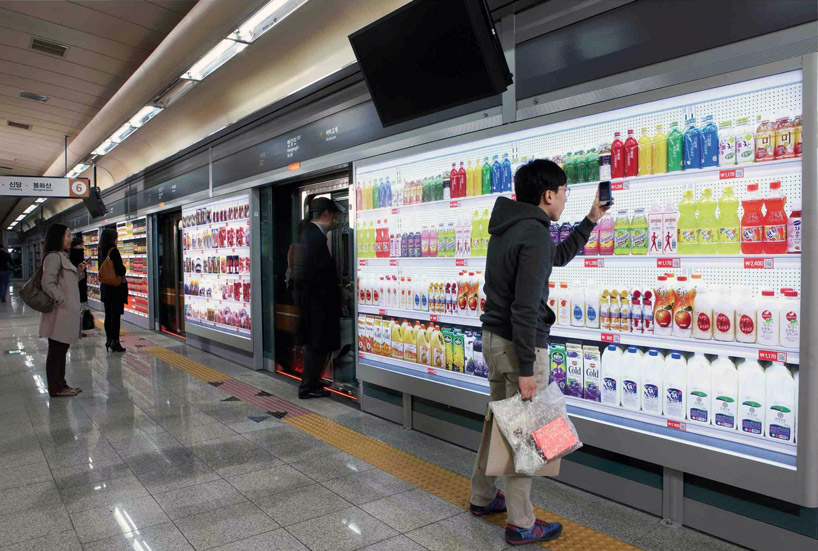Whenever we feel certain symptoms popping up it is easy for us to just call our GP (General Practitioner) for an appointment. He or she then gives a diagnosis and may or may not refer you to a doctor. It is easy to forget that for most people in the world, this process can be incredibly time-consuming and costly.
Take India for example; with a population of over 1.2 billion, it is the second most populated country in the world. Despite also being the world’s fastest growing economy, India only ranks in 112th place out of 190 on World Health Organization’s 2000 World Health Report. The doctor to patient ratio is also alarming: for every 1700 people there is only one doctor. Furthermore, an astonishing 70% of India’s population lives in rural areas. Lastly, 60% of India’s healthcare infrastructure is located in large cities. When taking all of this into account, we can only imagine the trouble some people must go through for a doctor’s appointment.
This is where Intelehealth comes in to play. Founded by Johns Hopkins University students, Intelehealth is ‘a mobile app that improves access to comprehensive primary health care for remote and underserved communities through telemedicine’. All though there are plenty of telemedicine mobile apps out there, Intelehealth is unique as it can operate with low bandwidth. This feature is ideal, since most of India’s rural areas have poor infrastructure, thereby limiting the quality of connectivity.
The app works as follows. Health workers in rural areas are trained on basic care and can screen for common health conditions in their communities. When with a patient, the health worker simply collects health information, including photos, and connects with a remote doctor for a diagnosis, prescription or referral – all via the Intelehealth app. These remote doctors are often retired physicians, thus ensuring reliable diagnoses. One issue that seems to be unresolved within the digitalization of healthcare is its privacy concerns. However, Intelehealth aims at guaranteeing the protection of their clients’ health records by encrypting collected patient data.
At the end of next year Intelehealth hopes to be able to provide care to 500,000 patients. It also plans on expanding to rural areas in Africa and Southeast Asia by then.
Sources:
http://money.cnn.com/2016/10/03/technology/intelehealth-india-doctor-health-worker-app/index.html
http://forbesindia.com/blog/health/5-things-to-know-about-the-indias-healthcare-system/
http://money.cnn.com/2016/08/31/news/economy/india-economy-gdp-narendra-modi/
http://www.infoplease.com/world/statistics/most-populous-countries.html


